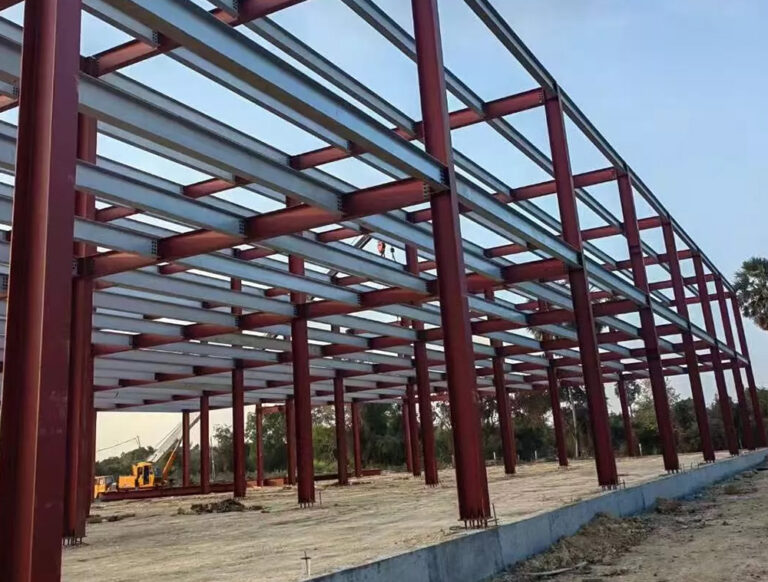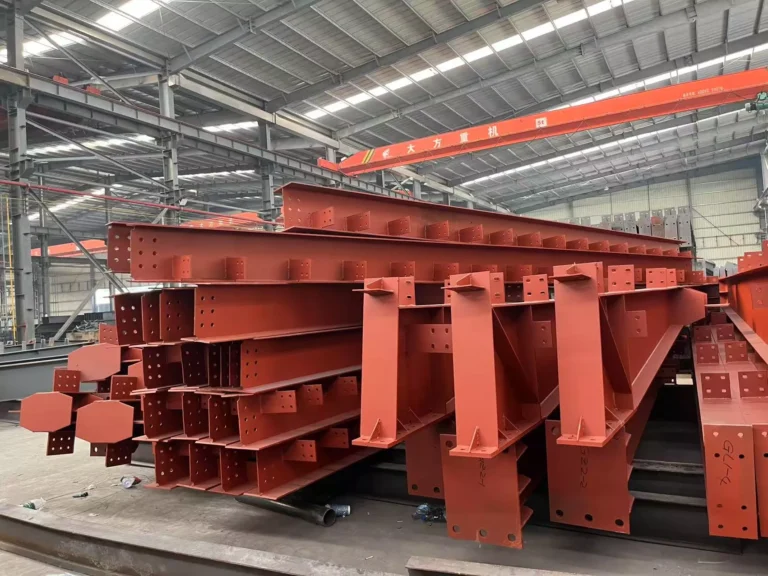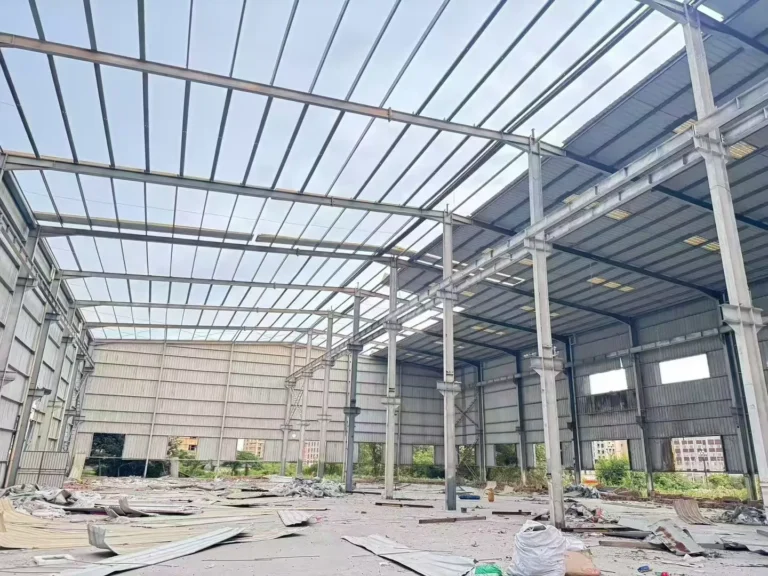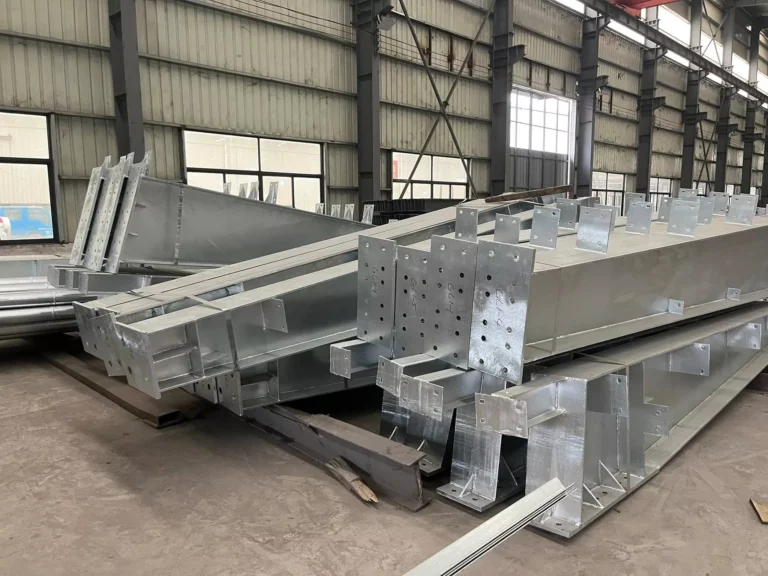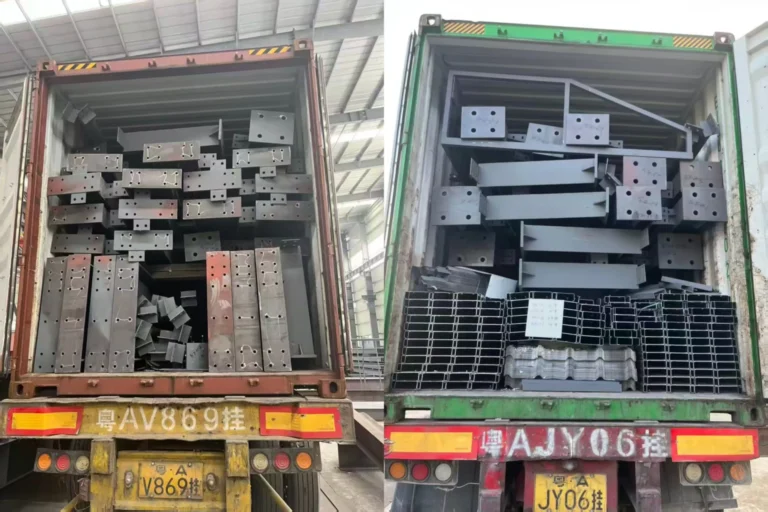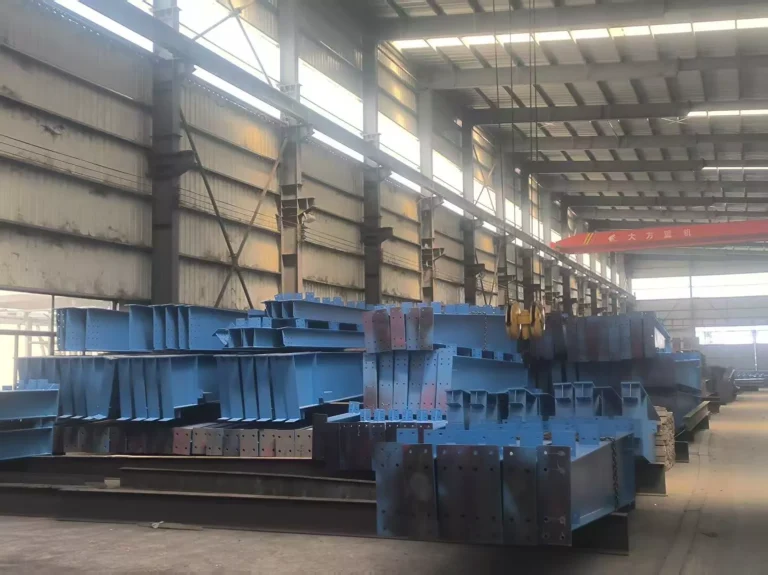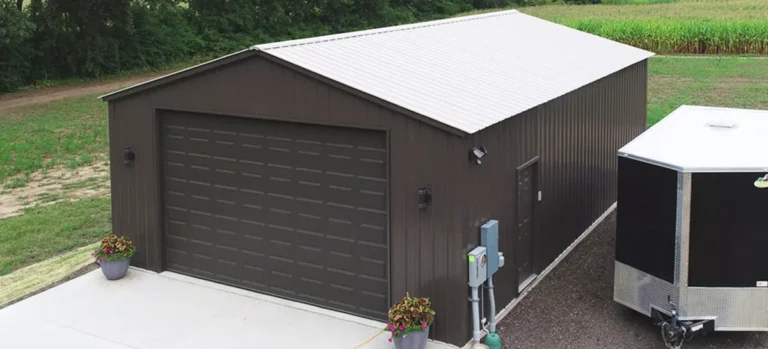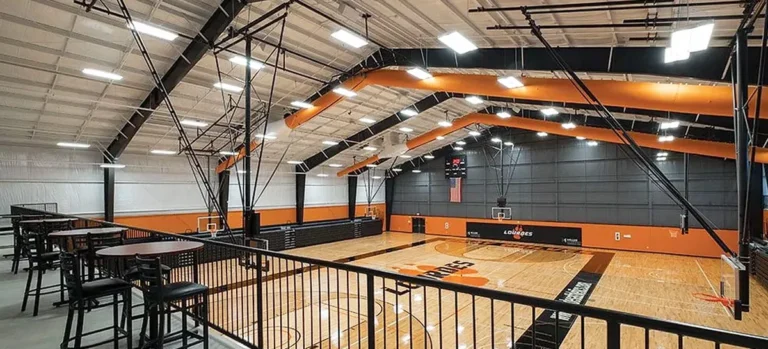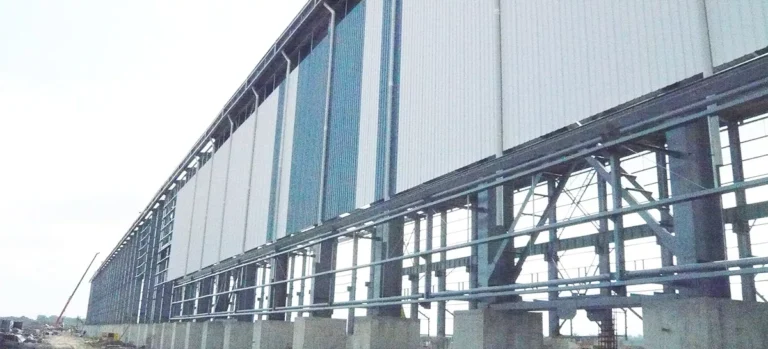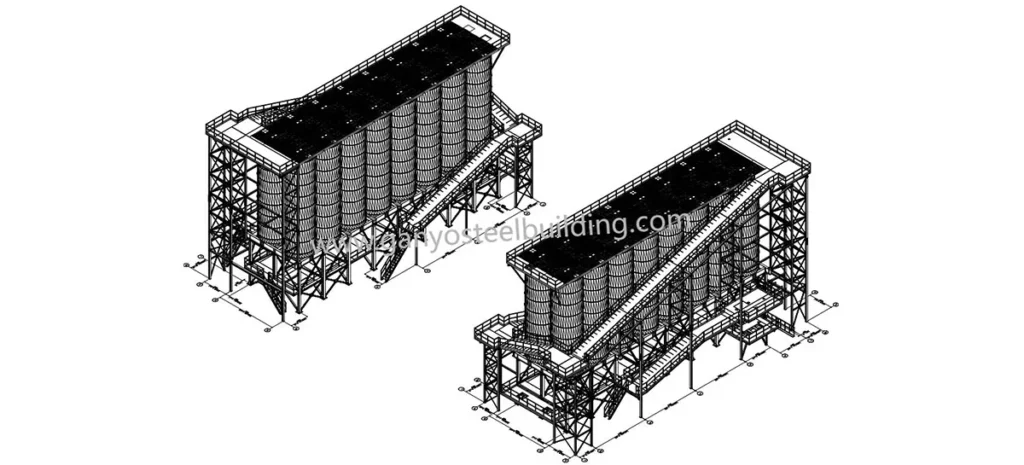
Steel structure platforms have become a staple in modern construction, offering unparalleled strength, flexibility, and efficiency. As industries continue to evolve, so too do the design trends for steel platforms. Innovations in materials, construction techniques, and aesthetic considerations are transforming how these platforms are designed and utilized. In this blog, we’ll explore the latest design trends in steel structure platforms and how they are shaping the future of construction.
1. Modular and Prefabricated Systems
Modular and prefabricated designs are revolutionizing the construction of steel structure platforms. These systems involve creating pre-engineered sections of the platform in a factory setting, which are then assembled on-site. This approach offers several benefits, including reduced construction time, lower labor costs, and minimal disruption to ongoing operations.
Key Benefits:
- Speed of Construction: Prefabricated components are manufactured off-site, allowing for quicker assembly and shorter project timelines.
- Cost Efficiency: The controlled environment of a factory reduces waste and errors, resulting in cost savings.
- Flexibility: Modular designs can be easily expanded or reconfigured to meet changing needs.
2. Sustainable and Eco-Friendly Materials
Sustainability is a growing concern in construction, and steel structure platforms are no exception. Innovations in eco-friendly materials and construction practices are making steel platforms more sustainable.
Key Trends:
- Recycled Steel: Using recycled steel reduces the environmental impact of new construction and supports a circular economy.
- Green Coatings: Environmentally friendly coatings and paints reduce the chemical impact and improve the lifespan of the platform.
- Energy-Efficient Manufacturing: Advances in manufacturing processes are reducing the energy consumption and carbon footprint associated with steel production.
3. Enhanced Aesthetics and Integration
Traditionally, steel structure platforms were valued primarily for their functionality and strength. Today, there is a growing emphasis on integrating aesthetics with structural design to create visually appealing spaces.
Key Trends:
- Architectural Steel Finishes: New finishes and treatments allow steel platforms to blend seamlessly with various architectural styles and environments.
- Design Flexibility: Modern design techniques enable the incorporation of curves, intricate patterns, and customized shapes, adding aesthetic value to the platform.
- Integration with Building Design: Steel platforms are increasingly being designed to complement and enhance the overall architectural vision of a building.
4. Smart Technology Integration
The integration of smart technology into steel structure platforms is enhancing their functionality and efficiency. These innovations allow for real-time monitoring, automated systems, and improved safety features.
Key Trends:
- IoT Sensors: Internet of Things (IoT) sensors can monitor load conditions, structural health, and environmental factors, providing valuable data for maintenance and safety.
- Automated Systems: Automated controls and systems for lighting, climate control, and security can be integrated into the platform, enhancing its functionality.
- Predictive Maintenance: Advanced analytics and monitoring systems can predict potential issues before they become major problems, reducing downtime and maintenance costs.
5. Adaptive and Flexible Design
The ability to adapt to changing needs and environments is becoming increasingly important in steel structure platform design. Innovations in adaptive design allow platforms to be easily modified or reconfigured.
Key Trends:
- Reconfigurable Modules: Platforms designed with reconfigurable modules can be easily adjusted to accommodate new functions or layout changes.
- Expandability: Designing platforms with expansion capabilities allows for future growth without significant structural modifications.
- Multi-Use Spaces: Platforms are being designed to support a variety of functions, from storage and manufacturing to office and recreational spaces, providing versatility in usage.
6. Integration with Renewable Energy
As the push for renewable energy grows, steel structure platforms are being designed to support and integrate renewable energy systems.
Key Trends:
- Solar Panels: Platforms can be designed to support solar panels, making them part of a building’s renewable energy system.
- Green Roofs: Incorporating green roofs or vegetative elements into steel platforms helps with insulation and provides environmental benefits.
- Energy Harvesting: Innovations in energy-harvesting technologies, such as kinetic energy from movement or vibrations, are being explored for integration with steel platforms.
7. Safety and Ergonomics
Safety and ergonomics are increasingly becoming central to the design of steel structure platforms. Modern trends focus on creating safe, comfortable, and user-friendly environments.
Key Trends:
- Enhanced Safety Features: Incorporating advanced safety features, such as improved guardrails, non-slip surfaces, and fall protection systems, enhances the safety of the platform.
- Ergonomic Design: Platforms are being designed with ergonomic considerations, such as easy access points and user-friendly controls, to improve the overall user experience.
- Compliance with Standards: Ensuring that platforms meet or exceed industry safety and design standards is a critical aspect of modern design trends.
Conclusion
Innovative design trends in steel structure platforms are reshaping the construction industry, offering enhanced functionality, sustainability, and aesthetic appeal. From modular systems and eco-friendly materials to smart technology integration and adaptive design, these trends are driving the evolution of steel platforms and setting new standards for the future of construction.
As you plan your next project, consider these trends to create a steel structure platform that not only meets your current needs but also adapts to future demands. For expert guidance and custom solutions, contact Ganyo Steel Structure. Email: lizzy@ganyosteelbuilding.com

